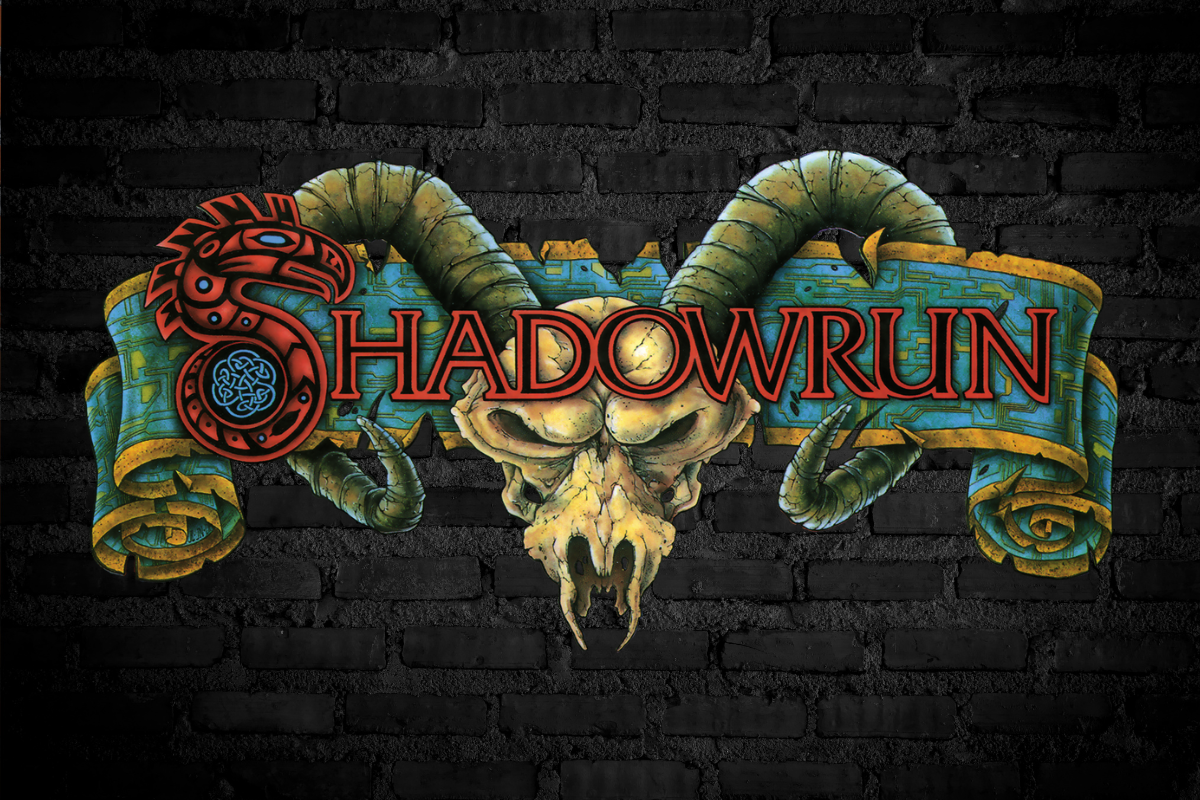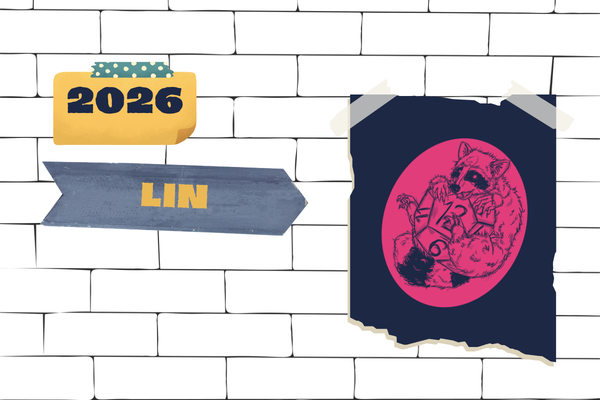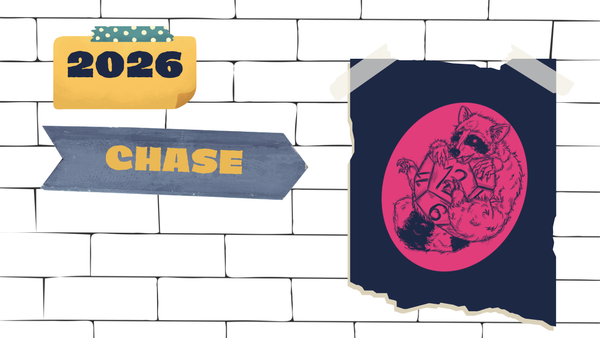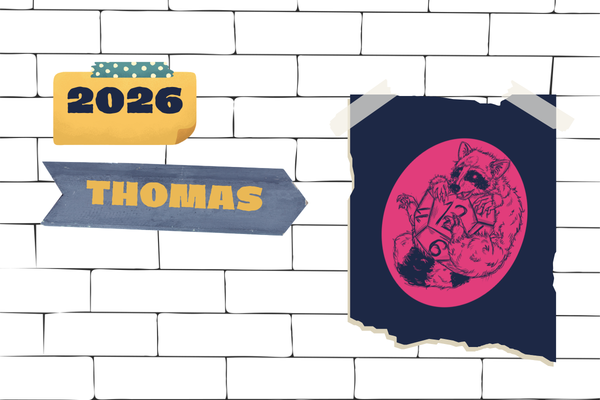Why do people love to hate Shadowrun?
A long-form exploration of corporations, cyberpunk, and elves.

Eric Christiansen’s first roleplaying game was Shadowrun Fifth Edition. “It's a little crazy… ‘cause that's about as rules-dense as you can get,” he told Rascal in an interview. “But that is the person that I am — I jump into the deep end.” Like a lot of people, Christiansen discovered the tabletop RPG through the popular trilogy of video games that came out from Harebrained Schemes in the early 2010s. Inspired to tell his own stories of cyberpunk and magic, he taught himself the rules and began searching for groups. He found some players on Facebook and began running a campaign for them. This was around 2016. Almost a decade later, that campaign is in its final arc and Christiansen is marrying a member of his gaming group next month. He’s since become a full-time professional GM (almost exclusively running Shadowrun) as well as a demo agent for current publisher, Catalyst Game Labs. He loves the game.
Shadowrun is a unique phenomenon in the tabletop world. It’s a game that's been really influential, including on modern day classics like John Harper's Blades in the Dark. It's not the biggest game, but everyone’s heard of it — though what they’ve heard might not be complimentary. Ever since its release in 1989, Shadowrun has maintained both passionate fans and equally passionate haters. Oh, so many haters. People seem to love to hate the game. They complain about its design — overly complicated rules, unbalanced player roles, discordant sub-systems — as well as with Catalyst Game Labs’ production standards — sub-par editing, excessive errata, poor treatment of freelancers. Are these just the worst gamers engaging in their primary hobby: Being Angry And Hating People? Why does this ostensibly famous and beloved game have a reputation for being unwieldy and complicated across multiple decades and editions? And also, why are the cool kids saying frag instead of fuck?
To find the answers, Rascal donned its mirrorshades, jumped on a very fuel-inefficient bike, and rode into the orientalist arcology of the retrofuture.
Powerchords! Pecs! Guns!
Shadowrun wasn’t the first cyberpunk RPG. To some extent, the book’s high-tech, low-life aesthetics were derivative even at the time of launch. The late ‘80s had already seen Mike Pondsmith’s tour-de-force Cyberpunk and the now-obscure Cyberspace from Iron Crown Enterprises. As historian Shannon Appelcline notes in Designers & Dragons, “Shadowrun probably would have been lost amidst the cyberpunk games already proliferating, but Jordan Weisman had the idea of adding something extra: ‘elves on Harleys.’” While the addition of magic and mysticism to the more typical motorbikes and hard-boiled dystopia of cyberpunk was a big part of what made the game stand out, it was also the fact that it was set in the real world. Well, insofar as you count Seattle as real.
Brand Robins, editor of Red Carnations on a Black Grave and The Warbirds Anthology, remembers when he was 16, living in a desert town off a military base, and Shadowrun first showed up on the shelves of Waldenbooks. “I’d been playing RPGs forever, but almost all fantasy,” he said. “Our games went from either random mercenary shit in Cyberpunk in a fake city or elves on a Tolkien quest in all the D&Ds, to [Shadowrun] games that were about the First Nations fighting for their rights, PCs who were the targets of racism and prejudice fighting for their neighborhood (and to get paid), and honest questions about environmentalism, racial justice, and what makes us human. And it did all that while letting you be an elf with a silver arm who used a machine gun. Which was just fucking cool.”





